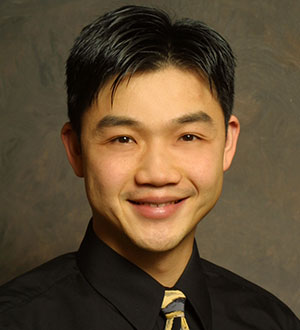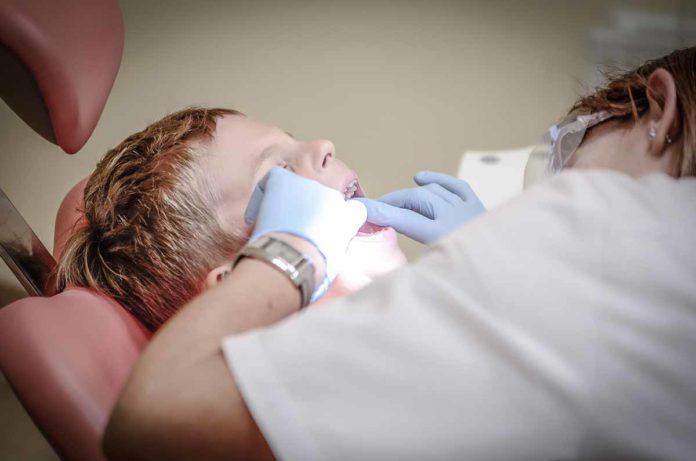
In the Far East, there is a Chinese saying: “牙疼不是病, 疼起來真要命” (ya teng bu shi bing, teng qi lai zen yao ming). Loosely translated, it means “toothache is not an illness, (but) when it hurts, it hurts like (one is) dying.” Inherent in that phrase is the thought that a toothache isn’t something that can be prevented or cured, but something that is uncomfortable and needs to be dealt with.
That sentiment isn’t exclusive to Eastern thought. For centuries in the West, toothache and related problems were handled by barber-surgeons. You get a haircut, a shave and “oh, by the way, I have an achy, loose tooth” and the barber will pluck that out for you. The skills of the barber-surgeons were evaluated by how quickly they can get things done, since anesthetic medicine had not been discovered yet.
It wasn’t until 1840 that a couple of self-taught dentists approached the University of Maryland, Baltimore College of Medicine that the effort began to move dentistry out of barber shops and towards a recognized healthcare profession. However, instead of integrating dental and oral care into medicine, the understanding of the times caused the two to develop separately, and they have been separated ever since.
Now we are in the 21st century, but physicians still receive little to no dental or oral health training. During their years in medical school, internship, residency, etc., at the most they may get three hours of course work, but most of them get none. After the transformation of how healthcare delivery was managed in the mid-1990s, dentists put forth considerable effort to keep themselves separated from the rest of healthcare, believing it a victory having escaped the “managed care take-over” that happened to medicine.
This kind of separation has real consequences. In 2007, young Deamonte Driver, a 12-year-old boy, died from a dental abscess that spread into his brain. A variety of factors were involved, but the bottom line was he passed away because he had a dental disease that was not dealt with promptly; and in the end, not only was a young life lost, but a dental extraction that would have cost only around $80 ended up becoming a two-week stay in a children’s hospital, where the bill worked out to be around $250,000.
In 2014, a very important research article was published highlighting the impact of oral therapy on chronic health challenges. Using data from United Concordia Companies Inc., the authors were able to deduce that by having their mouth taken care of, patients with diabetes expended an average of $4,261 per year managing their condition versus $7,056 for those who did not receive oral care. That’s a savings of more than $2,800 annually, or 40%, per patient. Similarly, for patients who had a stroke and are managing post-stroke care, having good oral health resulted in savings of $5,681 per year, also around 40%, compared with the patients who didn’t have good oral care.
The sad statistic revealed in the study, however, is that only about 1% of the study participants had good oral care. Imagine the total savings if even just 20% of the population received the necessary oral care.
Over the last 12 months, the Clark County Dental Society, under the leadership of doctors Keith Collins, Dave Carsten, Kristin Nordahl, Justin Hollar and I, methodically engaged the medical community. Our efforts were recognized nationally by the American Dental Association. After centuries of separation, we wish to see closer collaboration between physicians and dentists. We have concrete evidence that the mouth is intimately linked to the rest of the body, and wellness of the teeth and surrounding structures can directly improve the wellness of the entire individual. We want it for our patients, and closer collaboration and communication will lead to better health for everyone.
Dr. Ronald Hsu is a pediatric dentist providing comprehensive oral and dental care at Storybook Dental. He is also a delegate and past president of the Clark County Dental Society.


